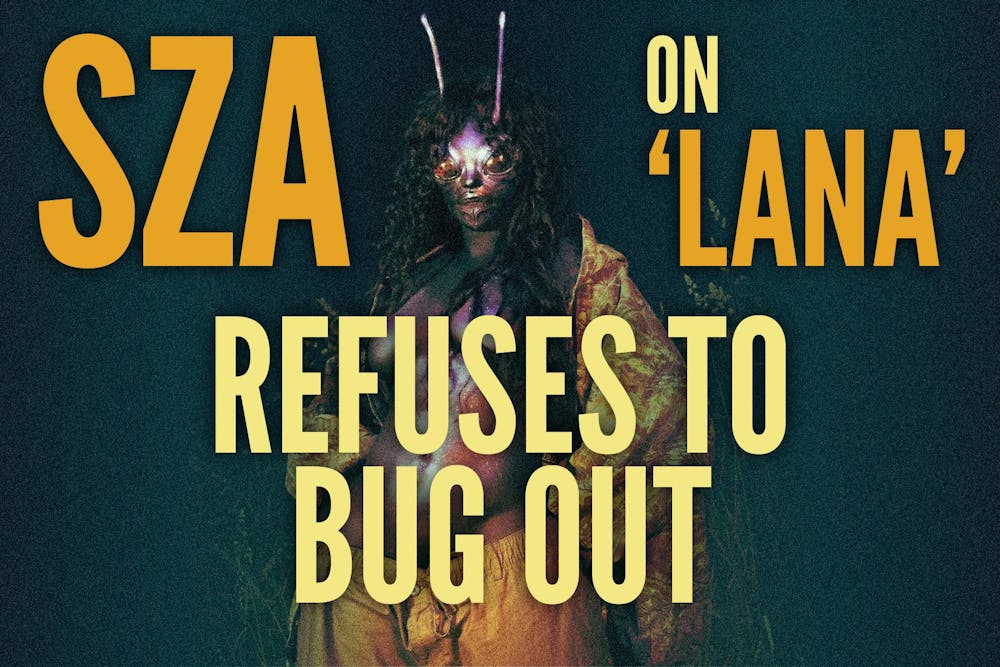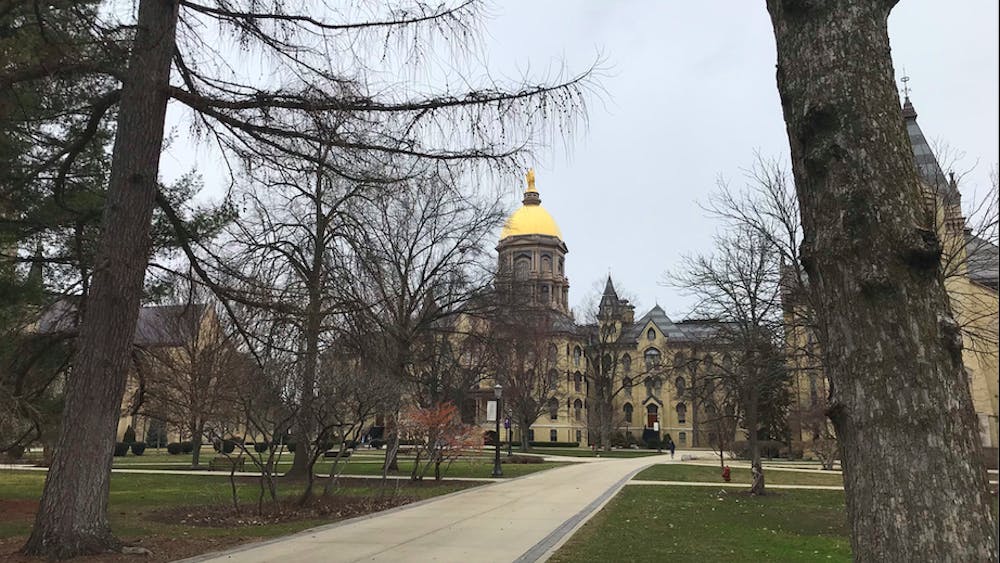In the wake of 2022’s “SOS,” SZA’s Grammy-award winning album featuring songs like “Snooze” and “Kill Bill,” fans were eager to receive the next installment in SZA’s catalogue. And even though much of the thematic concerns of “SOS” — social isolation, romance and fears of the future and uncertainty — return in this record, “Lana,” the deluxe of “SOS,” highlights just how much progress the singer has made towards self-actualization.
Right off the bat, the project looks entirely different: with its first snippet (featuring the song now known as “Diamond Boy (DTM)”), SZA bares all for the project and hones in on imagery of forests and fields, entirely unlike the turbulent, Princess Diana-inspired visuals that defined the “SOS” era. This is continued through the actual listening experience of the album, beginning with “No More Hiding.” The track’s woodwind sounds feel like an invitation to a clearing in the woods where “Lana” takes place. No longer afraid of the world around her, SZA is desperate to engage with the people whom she attempted to drown out, as shown when she sings, “Don’t care what it costs me / I’ll trade anything to feel now / Searching for real, trying for real / Failing for real, lost in the real / Hurting for real, chasing for real / Anything real.”
Thematically, the track sets the tone for the rest of what “Lana” succeeds at doing: forcing SZA to be more consistent, as a person and as an artist. Songs like “Scorsese Baby Daddy” find their “SOS” counterpart in songs like “F2F,” but refuse to write off SZA as a neutral party in the relationships in which she finds herself, with Scorsese being a literal reference to the director, who, like herself, has been rewarded and praised for the chaotic and emotionally charged media he’s put out into the world. But some track feel entirely their own and are the most emotionally vulnerable we’ve seen the 35 year old singer, such as “Love Me 4 Me,” which focuses on the legacy she would be leaving if she died and what that would mean for those who she loves most. She reckons with her mistakes in relationships on tracks “Chill Baby” and “Crybaby.” She ultimately actualizes on tracks like “Kitchen,” where SZA really must reckon if she wants to continue to stay in the circular relationship that constantly frustrates her (“You know we got a real history / That’s no reason I can’t choose me”), and “Drive,” where at last SZA has decided it’s time to get in the car and leave—to where, she doesn’t know—but the cycle must be broken, and she must be reborn, regardless of how difficult the journey is.
However, in a similar vein to the finale of HBO’s “Girls,” the song, which feels like a natural conclusion to the story audiences followed for 13 tracks and some 40 odd minutes, is actually just the penultimate finale, with SZA pulling over on “Another Life” to leave a note to those whom she’s leaving in the past. Unlike her previous “SOS” or “Ctrl” personas, she isn’t here to say you’ve done her wrong. Here, she’s waving goodbye, knowing that in this timeline things may have not worked out. As she sings, she lets them know that “Maybe in another life” things could’ve worked out and wishes them well before disappearing into the unknown, unsure of when she might emerge again.
“Lana,” down to its name, highlights how the St. Louis born artist is in a state of reinvention. The title is a nod to her childhood name and, when side by side with “SOS,” forms her real name, Solana. And regardless of where her journey takes her next, or the struggles she has to face, “Lana” proves that as long as SZA has herself, she has the freedom and control she’s always wanted.










